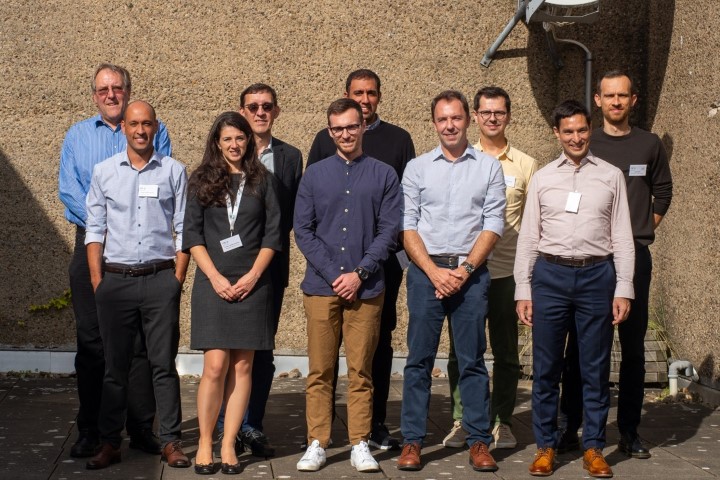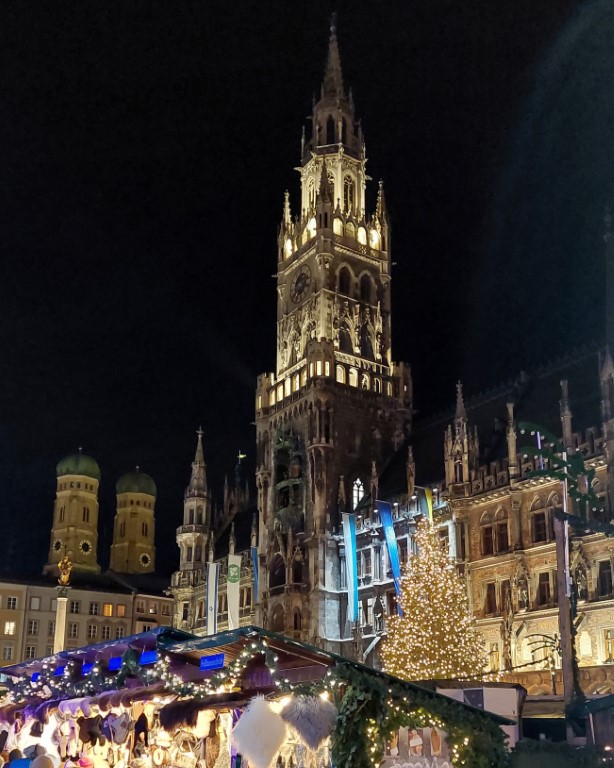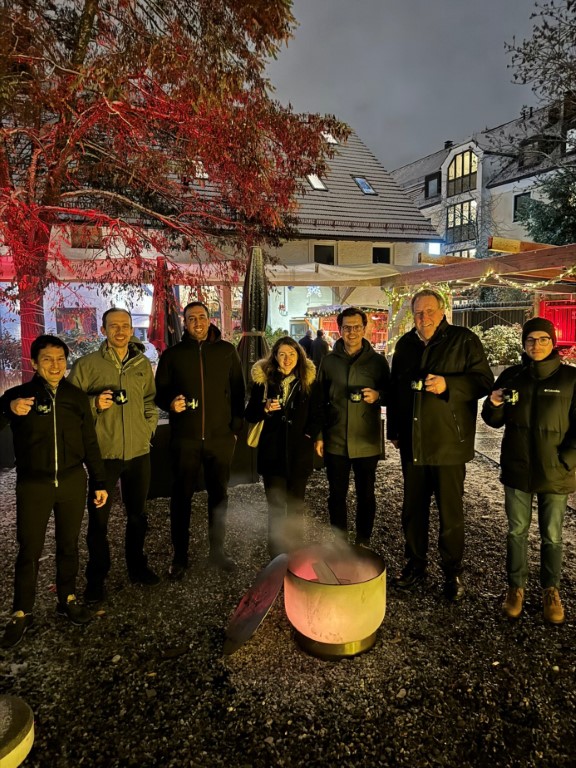ISG THz meets twice in Germany following the trace of “Henry the Lion”
The ISG THz third and fourth face to face meetings were held in Germany. After meeting in Braunschweig, the residence of “Henry the Lion”, a medieval Duke of Saxony and Bavaria, the second meeting was held in Munich, which was found by him.
Between the 27th to the 29th of September 2023 the meeting took place at Technische Universität Braunschweig – the oldest University of Technology in Germany. The meeting which was hosted by the Institute of Communications Technology and attended by 36 participants representing academia, and industry both in person (10) and online (26).

Impressions of Braunschweig Burgplatz
(Source: Braunschweig Stadtmarketing GmbH / Steffen und Bach GmbH)
Thomas Kürner, Meeting host and ETSI ISG THz Chair, started the meeting by introducing Braunschweig, TU Braunschweig and the institute to the attendees. This introduction provided some information about a selection Braunschweig’s historic persons including Carl-Friedrich Gauß, who was a student at TU Braunschweig.

Participants of the Braunschweig meeting
(Source: IfN/Andreas Gudat)
During the meeting progress was made on all four Work Items (WI) the committee is working on.
WIs 1 (Identification of use cases for THz communication systems) and 2 (Identification of frequency bands of interests for THz communication systems) discussed drafts of their Group Reports (GR) and accepted to integrate further contributions. Good progress was made and both GRs are expected to be finalised until the end of the year.
Followed by the report of the rapporteur WI 3 (Channel measurements and modelling in THz bands) seven contributions on channel measurements and channel modelling have been presented. These will be used to structure and filled the GR, which is due end of 2024. Furthermore a living document describing the measurement capabilities available at the members of the ISG THz was discussed.
WI 4 (RF Hardware Modelling) was kicked-off by two summary presentations of the rapporteur followed by four technical contributions, thereof three presentations from currently running Horizon-Europe projects. As in WI 3 also the GR of WI 4 is due end of 2024.
During the meeting, also demonstrations of the measurement equipment including a 300-GHz-MIMO-Channel-Sounder and the in-house developed software simulation capabilities of the meeting host have been presented to the delegates attending in‑person.
At the end of the second day, the attendees had a dinner at the roof terrace of an Italian restaurant on the campus enjoying a magnificent view on Braunschweig on a warm early autumn evening.
Between 28th and 30th November 2023 Rohde & Schwarz hosted the fourth meeting at their headquarters in Munich, which was attended by 8 delegates in person and by 17 delegates participating online.

Impressions from Munich Marienplatz
(Source: Thomas Kürner)
After the welcome by the host Taro Eichler and the completion of the general business day 1 was mainly dedicated to the work in finalising the Group Report on “Identification of use cases for THz communication systems”. This activity has been supported by 8 contributions and text proposals. On day 2 the group agreed on a stable draft, which will go for Remote Consensus (RC) before the end of the year after the group will have been given the possibility for final comments via e-mail discussion.
Technical discussions on day 1 closed with the activities of WI 4. A total of four contributions have been discussed covering models for phase noise, data converters and non-linearities. WI 4 has been completed by the rapporteur’s report on day 2.
Day 2 started with the discussion of the GR of WI 2. One text proposal and the draft group report have been presented. This GR is almost ready. However, in order to be able to take into account the outcome of the World Radio Conference (WRC) 2023 and the not yet published revision of IEEE Std 802.15.3, the group decided to postpone the start of the RC to February 2024.
The work on WI 3 gained speed by 8 contributions and text proposals, which have been intensively presented and discussed on the second half of day 2 and on day 3. This included a broad range of aspects such as measurements of building penetration loss, the impact of human blockage and scattering, channel models for Integrated Sensing and Communication as well as machine learning for channel modelling.

Participants of the Munich meeting during the social event
(Source: Taro Eichler)
Parallel to the ETSI meeting the Rohde & Schwarz Mobile Test Summit took place. This enabled the in-person delegates to visit the accompanying exhibition and participating in the social event enjoying a selection of Bavarian food and drinks. A further highlight of the “side program” was an exclusive explanation and demonstration of the well-known R&S’s security scanners for airports and THz test equipment.

